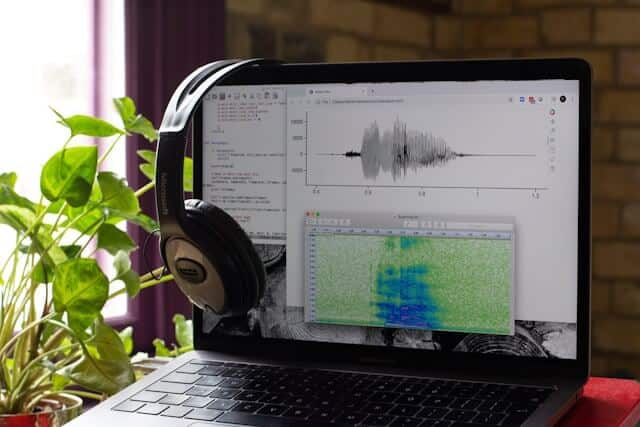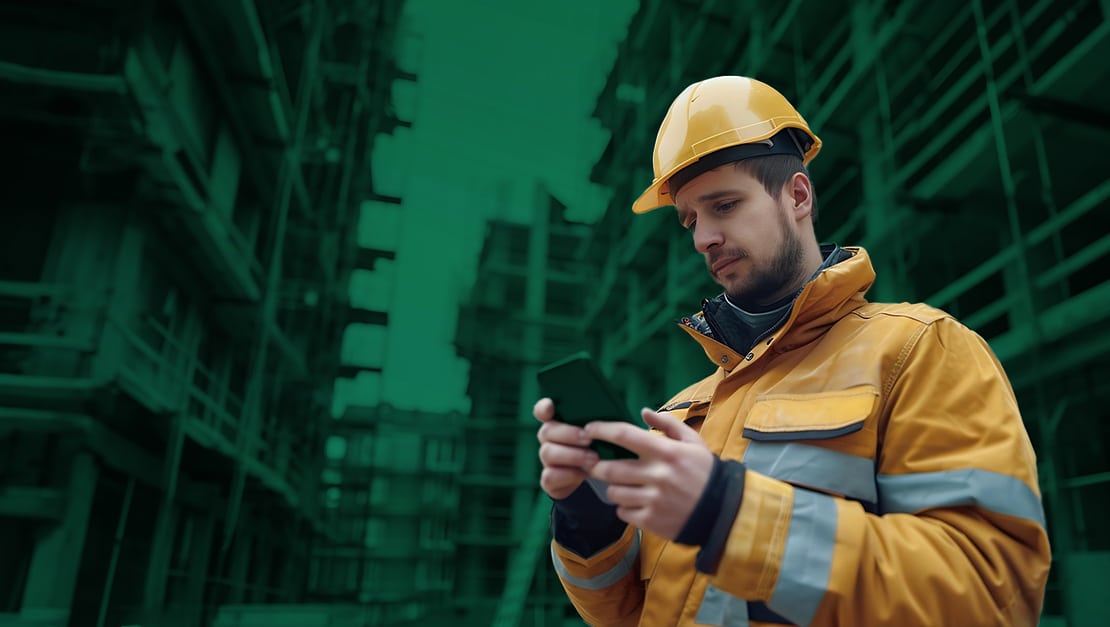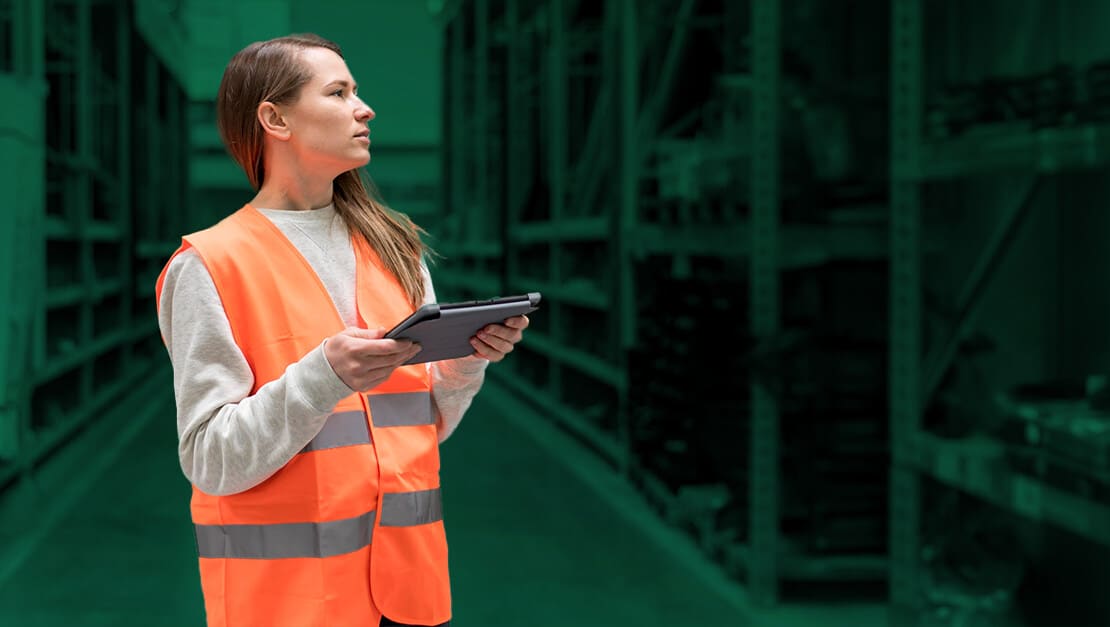With speech being the fastest and most natural form of communication, it’s no wonder why speech technology is becoming ubiquitous in the workplace, as well as in personal settings.
We’re going to see what AI speech technology consists of, its plenty of benefits, and explore its various use cases in businesses. It may come as a surprise, but speech technology actually aids in boosting employee efficiency and engagement, and we’ll share why shortly.

What is Speech Technology and Its Basic Components?
Speech technology is computing technology by which electronic devices are able to recognize and understand human speech. Speech technology consists of different types of solutions, such as: speech synthesis (or text-to-speech) and speech recognition (or automatic speech recognition, ASR).
Basic Components
It’s impressive that computers and software can understand and respond to human voices. But, how exactly does it work? These are some of the basic components of how speech technology functions:
- Natural language processing: Natural language processing refers to artificial intelligence and machine learning that enables computers to interpret, manipulate, and understand human speech.
- Speech recognition: Speech recognition is what allows computers to identify words that are said aloud in order to transcribe them into legible text.
In order for any software or computer to receive and respond to human language, it moves through a series of steps:
- A microphone captures the user’s voice as vibrations
- The microphone converts the vibrations into an electrical signal which is then converted into a digital signal by the computer
- The audio quality is improved
- Sound waves and acoustic signals turn into digital signals to be processed
- The software breaks down the sounds into phonemes using acoustic modeling
- The phonemes are put together into words and sentences using language models

AI Voice Technology: Revolutionizing Communication
Nowadays, voice recognition technology is seemingly built into every device (think of an iPhone’s Siri or Google Assistant, for example). Voice recognition technology makes it possible to fulfill tasks that would otherwise require typing onto a keyboard.
Voice recognition technology is transforming how people communicate on a daily basis, as well as get things done. People can use voice technology to send text messages, schedule meetings, add reminders, and more.
While voice technology and speech technology are often used interchangeably, voice technology is used to recognize who said something, whereas speech technology focuses on what is being said.
Speech Technology and AI: A Powerful Synergy
Speech technology is continuing to grow in popularity and power. Speech AI technology, such as aiOla, is being implemented across industries to execute process completion, capture otherwise lost data, and remove manual work.
Automatic speech recognition (ASR) converts spoken word into text. With AI and machine learning, speech technology is able to decipher the meaning behind words based on semantics, syntax, and context. For workplaces, AI and speech recognition go hand-in-hand to support better customer and employee experiences alike. For example, speech recognition can be used for sentiment analysis to understand how customers feel about a product or brand.
When it comes to employees, you can think of countless processes that are executed using written reports, emails, and spreadsheets. In order to capture all the relevant data to carry out the process, it’s imperative that a person accurately inputs the information. However, this is of course error-prone and time-consuming.
With speech technology, workers can now speak through checklists and processes while the software captures the necessary data. As a result, employees can leverage voice-activated workflows and automation via voice commands.
Naturally, using speech AI technology, like what aiOla delivers, results in:
- Increased productivity
- Reduced manual work
- Less errors
- Time savings
- Cost savings
- Decreased compliance risk
- Increased safety
- Better collaboration
Enhancing Employee Experience with Speech Technology
Along with improving safety and collaboration, employees no longer have to be bogged down conducting manual, repetitive, and tedious tasks, especially those like filling out reports or inputting data.
Instead, employees can speak through these critical checklists and workflows, while getting more done in less time. In turn, they have more time to focus on high-level and value-add tasks, which can lead to increased engagement and job satisfaction.
These benefits are waiting to be had, but in order to successfully implement speech AI in businesses, there must be clear communication about what to expect. By clearly sharing the advantages and reassuring your team that speech AI is not here to take their jobs, you can reduce fear and pushback to boost adoption and willingness for change.
aiOla and Speech technology
Before we close out, let’s take a closer look at what aiOla does. aiOla is speech AI technology that is the first-of-its-kind to understand business-specific jargon. This is absolutely critical in any workplace because business-specific vocabulary is used to carry out most processes. So, it only makes sense that you’d need a tool that can understand your business’ language without having to be re-trained.
Additionally, aiOla can understand speech accurately and quickly in any acoustic environment, language, and accent, making it a great companion in any industry and vertical worldwide. Without disrupting existing processes, aiOla converts manual and paper-based workflows into digital, automated processes that can be conducted via speech or touch. With aiOla, workforces are safer, more efficient, and more collaborative. Plus, managers and stakeholders gain access to otherwise lost or uncaptured data, which brings with it useful insights for decision-making.
Closing Words
Speech technology is making waves and headlines because of how it’s helping to reshape and boost workplace efficiency. With the power of voice, people can speak into devices that can understand, respond, and capture data in order to get more work done, accurately and in less time.
Interested in learning how aiOla can assist your business? We’d love to share more; get in touch today.








